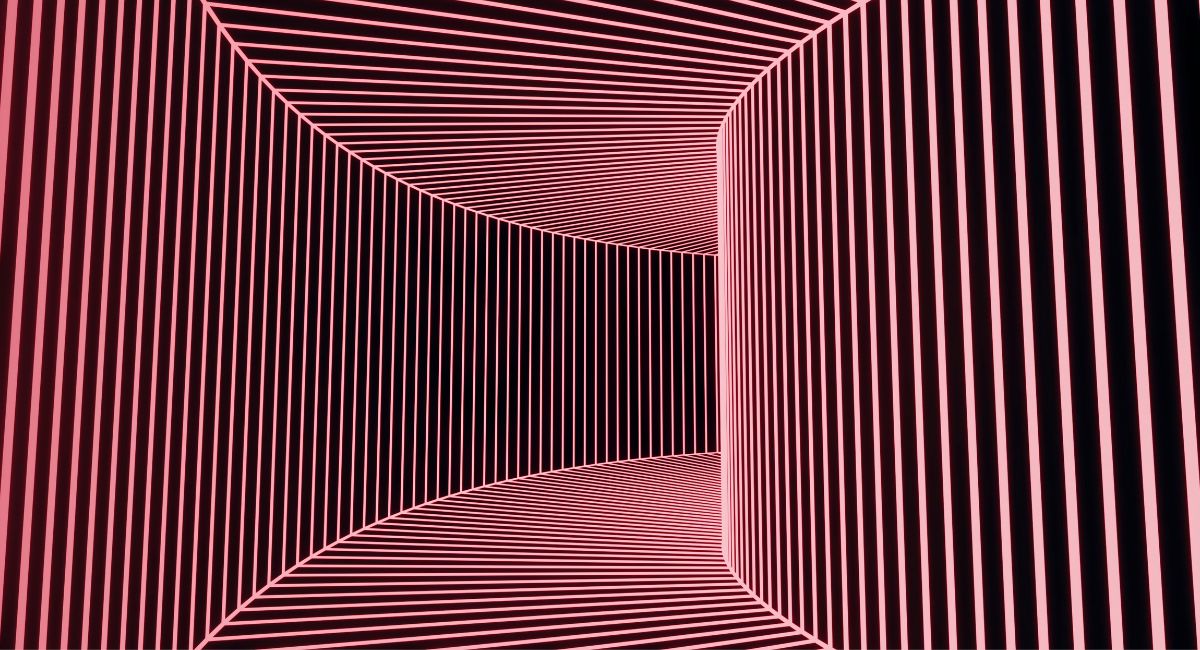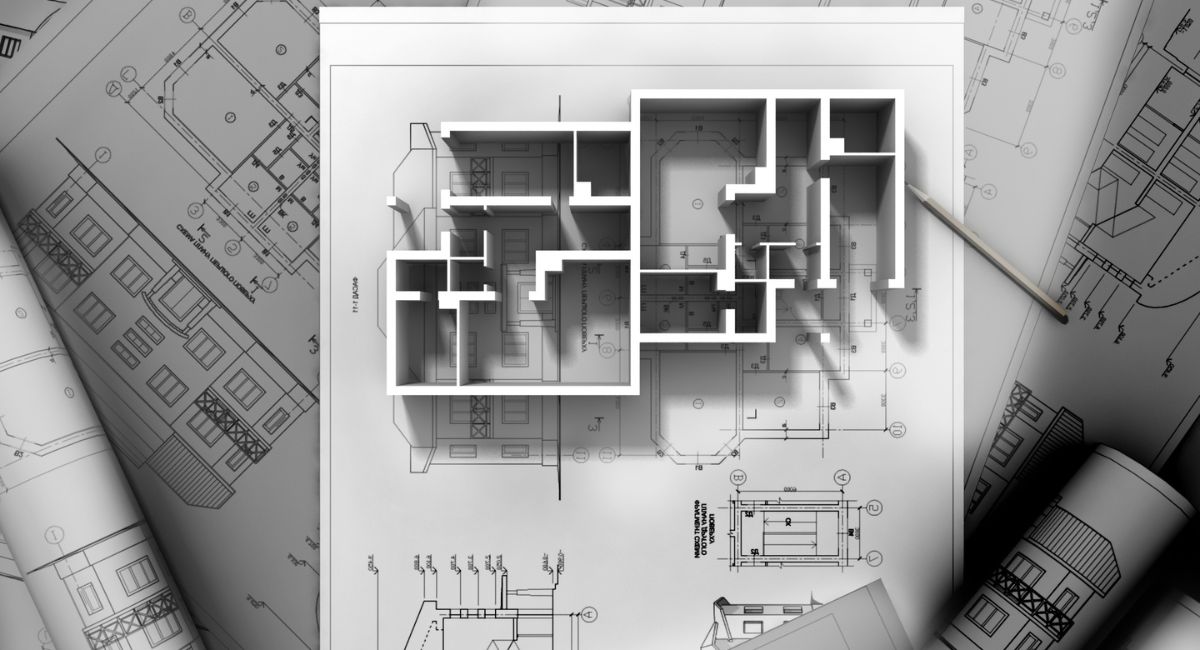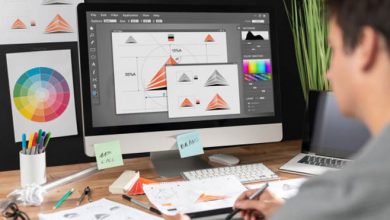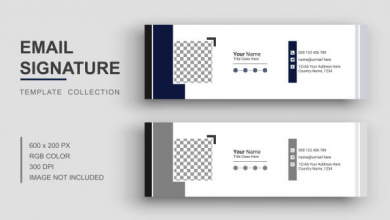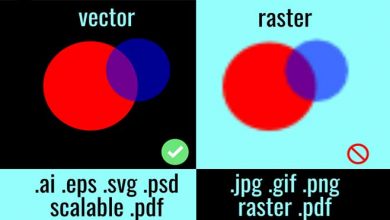In the vast realm of artistic expression, optical illusion art stands out as a mesmerizing fusion of creativity and visual trickery. Among its many facets, the creation of easy 3D drawings serves as a captivating entry point for beginners seeking to explore this unique genre.
Optical illusions, or op art, harness the power of perception to manipulate the viewer’s senses, creating a captivating experience that transcends traditional two-dimensional artwork.
This article delves into the captivating world of optical illusion art, unraveling the mysteries behind its techniques, and providing a comprehensive guide for beginners to craft their enchanting 3D drawings.
Through a step-by-step exploration, artists, both novice and experienced, will discover the magic of turning simple lines and shapes into intricate illusions that defy the boundaries of reality.
S0, Join us on this artistic journey as we unlock the secrets of optical illusion art, making the extraordinary accessible to those taking their first steps into this fascinating realm of creativity.
Understanding Optical Illusion Art:
Optical illusion art, often referred to as op art, is a form of visual expression that employs tricks of the eye to create images that challenge perception.
Artists utilize techniques such as perspective, shading, and color manipulation to convey a three-dimensional experience on a two-dimensional canvas. The outcome often leaves viewers in awe as they perceive movement, depth, or other effects that defy reality.
Read Also: How To Create 3D Images For Instagram Using Bing AI?
Getting Started with Easy 3D Drawings:
Embarking on the journey of easy 3D drawings entails selecting simple subjects, establishing a perspective with grids, and experimenting with shading and highlights, laying the foundation for a captivating exploration into optical illusion art. Here are the guidelines for you.
- Choose Your Subject: Selecting a simple subject is the first step in creating compelling 3D drawings. Begin with basic shapes such as cubes, spheres, or easily recognizable objects. This choice lays the foundation for grasping the fundamental principles of optical illusion art.
- Create a Grid: Establishing a sense of perspective is crucial. Draw a grid on your paper, serving as a guide to place elements strategically and enhance the illusion of depth. Ensure that the grid lines converge at a vanishing point to simulate distance realistically.
- Add Shading and Highlights: Shading plays a pivotal role in 3D drawings, creating the illusion of light and shadow that adds depth to your artwork. Experiment with shading techniques, such as hatching and cross-hatching, to achieve the desired effect. Introduce highlights strategically to emphasize certain areas and amplify the illusion.
- Experiment with Colors: While black and white drawings can be striking, introducing colors can elevate your 3D drawing. Experiment with contrasting colors and gradients to add vibrancy and dimension to your artwork. Consider the interplay of colors and how they contribute to the overall visual interest.
- Incorporate Trompe-l’oeil Effects: Trompe-l’oeil, meaning “deceive the eye” in French, involves creating realistic images that trick viewers into believing they are observing real objects. Enhance the realism of your 3D drawing by incorporating details such as cast shadows or reflections, contributing to a more convincing illusion.
Tips for Perfecting Your 3D Drawings:
Refining your 3D drawings involves mastering the nuances of perspective, honing shading techniques, and experimenting with size and scale, providing a comprehensive toolkit for artists to perfect their optical illusion craft, read these useful tips below.
- Mastering Perspective: Delve deeper into the principles of perspective to enhance the realism of your 3D drawings. Experiment with different vanishing points and study how they impact the overall composition.
- Fine-tune Your Shading Techniques: Hone your shading skills by exploring various techniques and understanding how they contribute to the illusion of depth. Pay careful attention to the direction of light sources to create more realistic shadows.
- Play with Size and Scale: Experiment with the size and scale of elements in your drawings to create dynamic compositions. Manipulating these aspects can further enhance the three-dimensional effect and add visual interest.
Adding Depth with Advanced Techniques:
As artists progress in their optical illusion endeavors, incorporating advanced techniques such as anamorphic distortions, overlapping elements, and merging perspectives elevates their 3D drawings, adding layers of complexity and intrigue to their optical illusion repertoire.
- Overlap and Intersect Elements: Create a sense of depth by allowing elements to overlap or intersect. This technique enhances the illusion of space and can make your drawing more visually engaging.
- Experiment with Anamorphic Distortions: Anamorphic distortions involve intentionally distorting an image so that it appears normal only when viewed from a specific angle. Experimenting with this technique can add an element of surprise to your 3D drawings.
- Combine Different Perspectives: Merge multiple perspectives within a single drawing to create a surreal and dynamic composition. This advanced technique adds complexity and intrigue to your optical illusion artwork.
Conclusion:
In conclusion, embarking on the journey of optical illusion art through easy 3D drawings offers a rewarding and accessible experience for beginners. By understanding the fundamental principles of perspective, shading, and color, artists can create visually captivating illusions that leave a lasting impression.
Remember, practice is key, and each drawing is an opportunity to refine skills and explore the endless possibilities of optical illusion art.
Embrace the magic of creating illusions on paper, and watch as your art takes on a new dimension, captivating and surprising those who behold it. As you progress, consider experimenting with advanced techniques to push the boundaries of your creativity and continue evolving as an optical illusion artist.


